Your shopping cart is currently empty.
![]()
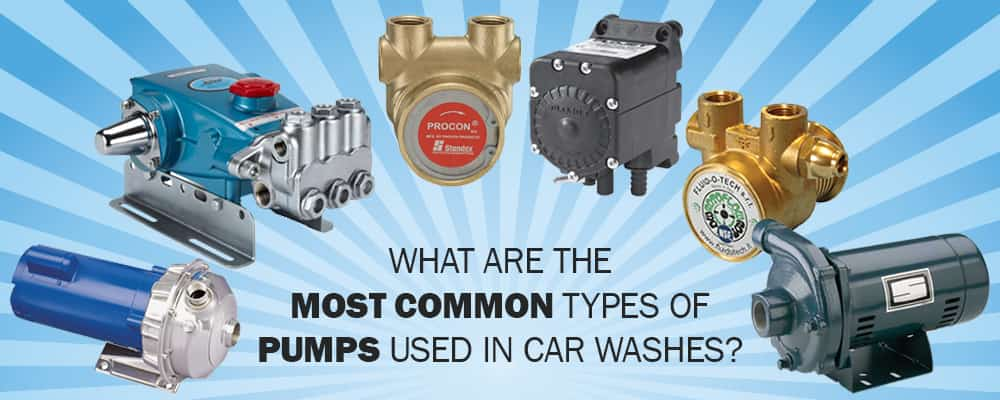
Just like the human cardiovascular system, car washes require a supply of pumped fluid to operate properly. Lucky for cardiologists, humans only need one pump to live, the heart, which means they only need to master one pump. On the other hand, car washes require many types of pumps to operate efficiently, which can seem overwhelming to new car wash operators. This is why we created this helpful guide to familiarize you with the types of pumps common to our industry.
Car wash pumps typically fall under two classifications – positive displacement and centrifugal.
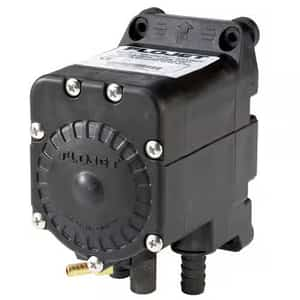
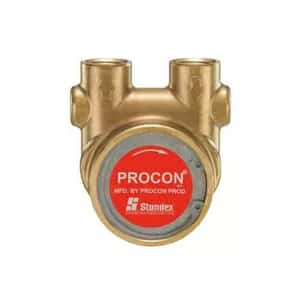
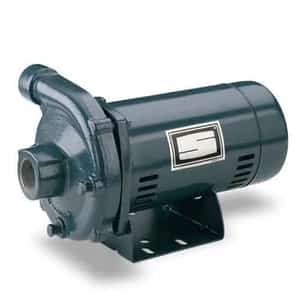
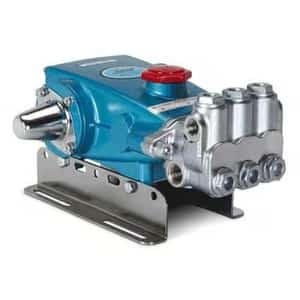
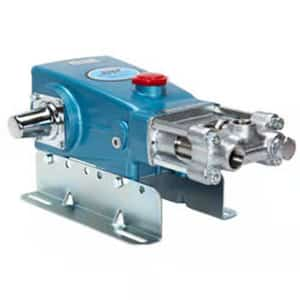
Positive displacement pumps operate using mechanical action to draw in fluid and transfer it from the inlet to the outlet. This process increases the pressure and flow rate of the liquid. These pumps use diaphragms, plungers, pistons, or vanes to move fluid. Two types of positive displacement pumps are used in the car wash industry - reciprocating and rotary vane pumps.
Reciprocating pumps use a piston, plunger, or diaphragm to expand and contract the chamber creating a vacuum which opens a check valve that allows fluid to enter the inlet. When the chamber contracts, pressure increases causing the inlet check valve to close and the outlet check valve to open which allows fluid to exit the pump. Reciprocating positive displacement pumps come in three variations: plunger, piston, and diaphragm pumps.

Plunger pumps displace fluid by using the mass of a plunger to alter the size of the chamber. Think of when you take a dip in the bath tub. As you sit down, the mass of your body displaces fluid causing the tub to overflow if it is too full - oops! The plungers fit loosely inside the chamber and slide through a stationary seal, allowing these pumps to generate the highest pressures of car wash pumps and deliver a smooth flow. During the suction stroke, plungers create a vacuum as they are drawn up, and the check valve opens pulling in fluid. On the discharge stroke, the plungers drop decreasing the chamber size. As a result, the pressure increases closing the inlet check valve. The pressure increases since the volume of the fluid remains the same but the space decreases. As the pressure increases, the outlet check valve opens.
Plunger pumps can be used for continuous-duty high-pressure applications. These pumps typically produce pressures ranging from 100 PSI to 10,000 PSI (6.9 BAR to 700 BAR). Plunger pumps operate using an electric motor when operated in car washes. Triplex plunger pumps are the most common version used in the industry because they deliver a smooth flow. Since plunger pumps can handle continuous-duty high pressure applications, they shine in self-serve and touchless automatic car wash applications.
Typically, these pumps are used in reclaim systems, prep-gun units, under carriage systems, spray arches, side spray, and wheel blasters. CAT Pumps, General Pump, and Giant Pumps are the most popular brands car wash owners choose. The most popular choice for high traffic self-serve bays is the CAT 310 pump. The stalwart CAT 3535 is the foundation of any profitable touchless automatic wash.

Piston pumps operate using the same mechanical action to move fluid by altering the fluid chamber size. Unlike a plunger pump, the piston fits tightly to the chamber’s walls and has an O-ring attached to it that creates a seal to prevent fluid from entering the pump’s crankcase. When the piston moves up and down, the O-ring travels with it. These pumps are highly efficient and are used for intermittent-duty high-pressure applications.
Piston pumps typically generate pressures ranging from 100 PSI to 5000 PSI (6.9 BAR to 344.7 BAR). These pumps require an electric motor to drive the shaft, just like plunger pumps. You can find piston pumps being used to deliver fluid to self-serve, touchless, and tunnel wash systems that operate using short duty cycles. They are perfect for reclaim systems, prep-gun units, under carriage equipment, high-pressure arches, side spray, and wheel blasters. The most common brand of piston pumps in the car wash industry is CAT Pumps.

As the name suggests, these pumps utilize a flexible diaphragm to transfer fluid. A piston expands and contracts a diaphragm which alters the size of the chamber pushing fluid through the pump. Diaphragm pumps don’t require seals or oil to operate, which means they are easier to maintain. They can generate discharge pressures reaching a maximum of 125 PSI (8.61 BAR), with some exceptions that reach higher pressures, however these are not common in the car wash industry. Many of these pumps rely on air power to operate, with air-operated double-diaphragm pumps and quad-diaphragm pumps being some of the most common variants used in the industry.
Diaphragm pumps are used is self-serve, touchless automatic, and tunnel washes for low pressure chemical delivery applications. They are made with a variety of materials that handle chemicals like foam brush soap, presoak, and even acidic chemicals. Due to their design, they can also move mud, slurries, sludge, and wastewater with ease. Flojet, Graco, and Aro are some of the most widely used brands in our industry. The most popular models are the Flojet G573215D and G575215D pumps from their G57 Series.

Rotary vane pumps are powered by an electric motor that spins a rotor inside the pump’s housing. Vanes on the rotor are pushed out by centrifugal force and press against the pump’s housing to create a sealed chamber for fluid. The rotor is typically offset to prevent backflow as it spins. Movement of the vanes compensates for wear, these pumps are durable and are easier to maintain.
Rotary vane pumps handle low-pressure chemical delivery in self-serve, touchless automatic, and tunnel washes. You can typically find them used in reverse osmosis and spot-free delivery systems. These pumps typically produce about 25 to about 500 PSI (1.7 BAR to 34.4 BAR). Procon and Fluid-O-Tech are known for performing exceptionally well in car washes.

Centrifugal pumps use rotational energy to move fluid. Motor driven rotors called impellers, generate a low-pressure zone at the eye of the impeller which draws in fluid. After the impeller is suspended in fluid, it generates a centrifugal force. Impellers typically have vanes which guides fluid to the volute of the pump. The volute is a channel that guides fluid to the pump’s outlet.
These pumps deliver a high flow rate flow rate of liquid at lower pressures. Maximum pressure tolerance typically ranges from 10 to 200 PSI (0.6 BAR to 13.7 BAR). Centrifugal pumps are very frequently used as a booster pump when a large flow of water needs assistance to consistently reach its desired location. A common example of this is when city or municipal water needs a little extra boost to reliably fulfill your car wash system’s needs.
In addition to general boosting, centrifugal pumps are used in self-serve, touchless automatic, and tunnel washes and are great for reverse osmosis, pre-soak, and chemical delivery applications. Some popular brands used in our industry are Gould’s and Sta-Rite.
Understanding the differences between the types of pumps that run your wash will help both you and your employees understand and operate your wash more efficiently. If you have any questions or need help selecting the right pump for your needs, our sales team is always available to help. Give them a call at 800-233-3873 today!